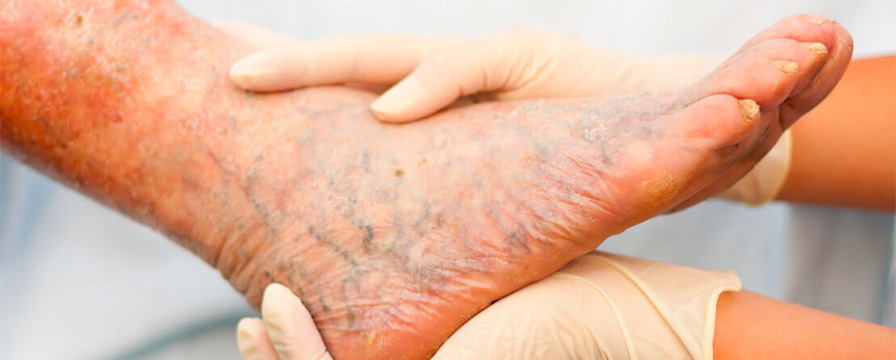Varicose veins are veins that become enlarged and overfilled with blood. They appear swollen and often have a bluish-purple or red color, usually accompanied by discomfort or pain. This condition is more common in women than in men and affects about 25% of adults. Varicose veins are most commonly found on the calves.
Possible causes include:
Pregnancy
Menopause
Age over 50
Prolonged standing
Excess weight
Family history of varicose veins
Diagnosis:
Diagnosis typically involves a physical examination, ultrasound, or venogram. Ultrasound and venography also help detect blood clots and blockages that may be causing pain.
Treatment:
To prevent the development or worsening of varicose veins, the following measures are generally recommended:
Avoid standing for long periods
Lose excess weight
Do exercises to improve blood circulation
Wear compression stockings
Elevate your legs during rest and sleep
If these methods are ineffective, surgical treatment may be required.
